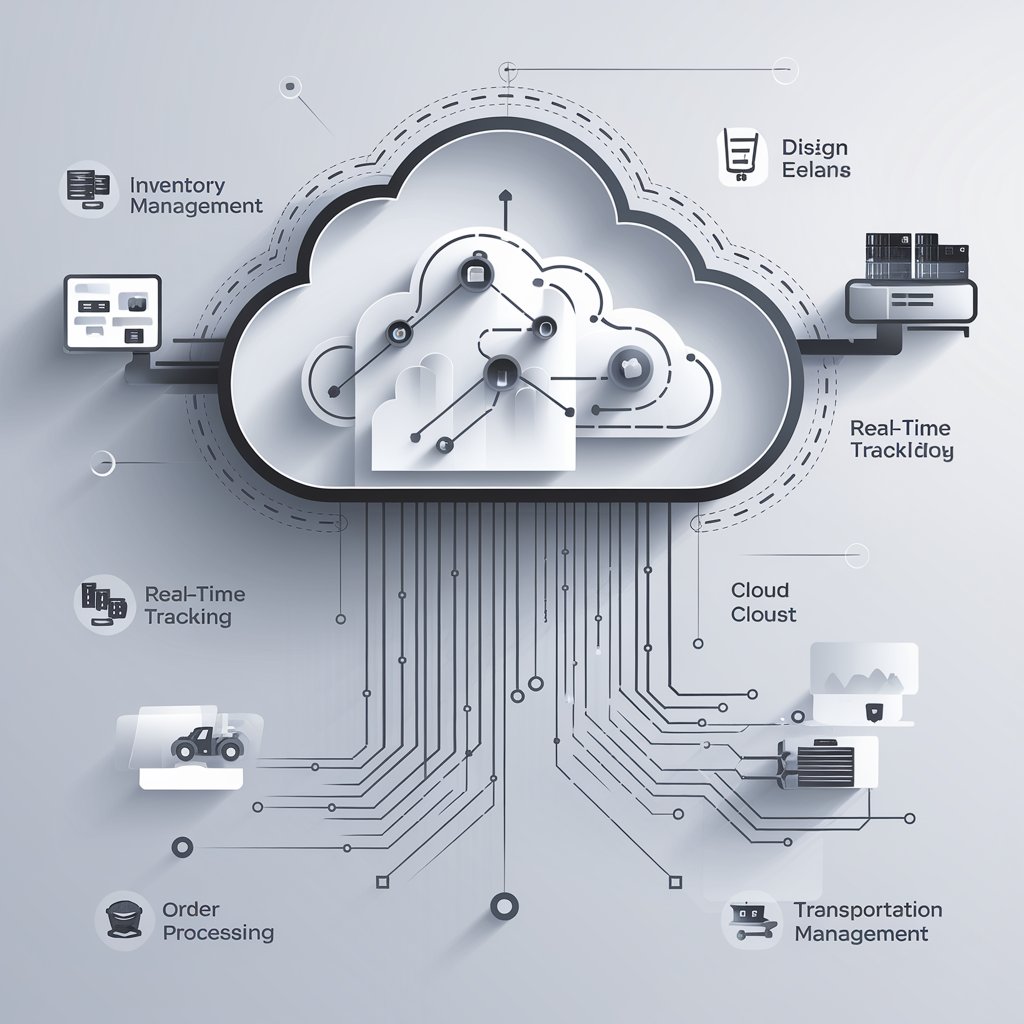Streamlining Delivery Operations with Shipping Software: A Comprehensive Guide

What is Shipping Software?
Shipping software is a specialized solution designed to automate and streamline the shipping process for businesses of all sizes. Key functionalities include:
- Carrier selection and rate comparison
- Label printing and custom forms generation
- Order tracking and shipment status updates
- Address verification and validation
- Multi-carrier and multi-location support
- International shipping management
- Returns management
- Reporting and analytics
By integrating these functions, shipping software helps businesses improve efficiency, reduce errors, and provide better customer service throughout the delivery process.

Benefits of Implementing Shipping Software
- Cost Reduction: Compare carrier rates and choose the most cost-effective shipping options.
- Time Savings: Automate manual tasks such as label printing and customs documentation.
- Improved Accuracy: Reduce errors in address entry and package information with automated validation.
- Enhanced Customer Experience: Provide real-time tracking and timely delivery updates to customers.
- Scalability: Easily handle increased shipping volumes during peak seasons or business growth.
- Multi-channel Integration: Seamlessly connect with various sales channels and marketplaces.
- Data-Driven Decision Making: Leverage shipping analytics to optimize your delivery strategies.
Key Features to Look for in Shipping Software
When evaluating shipping software, consider the following essential features:
- Multi-carrier Support: Integration with major carriers and the ability to compare rates.
- Automated Label Printing: Generate and print shipping labels and packing slips efficiently.
- Address Verification: Validate and correct addresses to reduce delivery errors and costs.
- Order Tracking: Real-time visibility into shipment status and automated customer notifications.
- International Shipping Tools: Support for customs documentation and international regulations compliance.
- Returns Management: Streamlined process for handling product returns and exchanges.
- Reporting and Analytics: Customizable dashboards and in-depth reporting on shipping KPIs.
- Mobile Accessibility: Support for shipping tasks on mobile devices.
- Integration Capabilities: Seamless connection with e-commerce platforms, marketplaces, and other business systems.
- Batch Processing: Ability to process multiple orders simultaneously for increased efficiency.

Implementing Shipping Software: Best Practices
- Define Clear Objectives: Establish specific goals for your shipping strategy, aligning them with overall business objectives.
- Assess Current Processes: Evaluate existing shipping workflows, identify bottlenecks, and determine areas for improvement.
- Choose the Right Solution: Select software that aligns with your specific industry needs, scalability requirements, and budget.
- Ensure Data Accuracy: Clean and validate your existing customer and order data before migrating to the new system.
- Customize to Your Needs: Configure the software to match your unique product types, shipping preferences, and business rules.
- Provide Comprehensive Training: Invest in thorough training for all staff to ensure smooth adoption and maximize system benefits.
- Start with a Pilot: Consider implementing the software with a subset of orders or a single sales channel before full deployment.
- Continuously Optimize: Regularly review shipping performance metrics and make data-driven improvements to your strategies.
Emerging Trends in Shipping Software
As technology evolves, shipping software is incorporating advanced features such as:
- Artificial Intelligence for optimized carrier selection and delivery route planning
- Internet of Things (IoT) for real-time package tracking and condition monitoring
- Blockchain for enhanced transparency and secure shipping documentation
- Predictive analytics for forecasting shipping volumes and optimizing inventory placement
- Sustainability features for calculating and offsetting carbon emissions from shipments
Staying informed about these trends can help you choose a forward-thinking solution that will serve your business well into the future.

Conclusion
Implementing the right shipping software can transform your delivery operations, leading to increased efficiency, reduced costs, and improved customer satisfaction. By carefully considering your business needs and following best practices for selection and implementation, you can harness the full power of shipping software to drive your business forward in today’s competitive e-commerce landscape.
For businesses looking to revolutionize their shipping processes, Linbis logistics software offers a comprehensive shipping management system. With its advanced features, user-friendly interface, and scalable architecture, Linbis empowers businesses of all sizes to optimize their entire shipping workflow, from carrier selection to delivery confirmation and returns management. Experience the power of streamlined shipping operations and enhanced customer satisfaction with Linbis.
